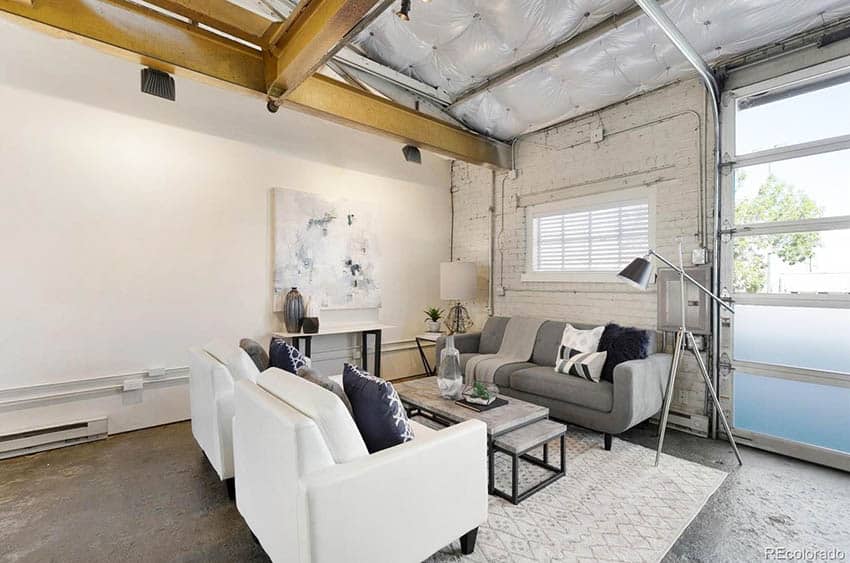
When you begin planning your next renovation, it is a great idea to take pictures of the remodeling process. They will help you visualize the final result of your project, and they can save you both time and money. There are many reasons to consider it. It is a great way for inspiration to use before-and-after photos to plan your space. Read on to discover some of the top reasons why you should take remodeling photos.
First, photos can save you time and money during a remodeling project. It can be difficult when working with new materials to see where your pipes are and wires are. Pictures will allow you see exactly where your pipes are located and how big they are relative to other rooms. You can also compare the relative sizes of items with remodeling photos. You can look back at the photos and compare them.
FAQ
Is it more cost-effective to hire a subcontractor or a general contractor?
It is more expensive to hire a general contractor than to subcontract. General contractors usually have many employees. This means that they charge their clients much more for labor. A subcontractor on the other side only employs one person, so he/she charges less per-hour.
What is the cost of renovating a house?
Renovations are usually between $5,000 and $50,000. Most homeowners spend between $10,000-$20,000 on renovations.
Do I need to hire an architect?
You may find it easier to hire someone else to complete your renovations if you own the home. An architect or builder is a good option if you plan to buy a new house.
How can I prevent being scammed when renovating my house
It is important to understand what you are buying to avoid being scammed. It is important to carefully read all terms and conditions before signing any contract. You should also not sign any unsigned contracts. Always request a copy of any signed contracts.
Statistics
- It is advisable, however, to have a contingency of 10–20 per cent to allow for the unexpected expenses that can arise when renovating older homes. (realhomes.com)
- Design-builders may ask for a down payment of up to 25% or 33% of the job cost, says the NARI. (kiplinger.com)
- A final payment of, say, 5% to 10% will be due when the space is livable and usable (your contract probably will say "substantial completion"). (kiplinger.com)
- Rather, allot 10% to 15% for a contingency fund to pay for unexpected construction issues. (kiplinger.com)
- They'll usually lend up to 90% of your home's "as-completed" value, but no more than $424,100 in most locales or $636,150 in high-cost areas. (kiplinger.com)
External Links
How To
How do I plan a whole-house remodel?
Planning a whole-house remodel requires planning and research. Before you begin your project, there are many things to think about. You must first decide what type home improvement you want. You can choose from a variety of categories, such as kitchen or bathroom, bedroom, living space, or living room. Once you've chosen the category you want, you need to decide how much money to put towards your project. If you do not have any previous experience in working with homes, it is best that you budget at least $5,000 per bedroom. If you have experience, you may be able to manage with less.
Once you have established how much you are able to afford, you will have to decide on how big a job to do. A small kitchen remodel will not allow you to install new flooring, paint the walls, or replace countertops. On the other hand, if you have enough money for a full kitchen renovation, you can probably handle just about anything.
Next, look for a contractor with experience in the type or project you are looking to tackle. This will guarantee quality results, and it will save you time later. After finding a good contractor, you should start gathering materials and supplies. Depending on the size of your project, you may need to buy everything from scratch. However, you won't have to worry about finding the exact item you are looking for in the many pre-made shops.
Once you've gathered the supplies needed, it's now time to start planning. To begin, draw a sketch of where you would like to place furniture or appliances. Then, you'll move onto designing the layout of the rooms. Be sure to leave enough room for electric outlets and plumbing. It is a good idea to place the most important areas nearest the front door. This will make it easier for visitors to access them. Finally, you'll finish your design by deciding on colors and finishes. Avoid spending too much on your design by sticking to simple, neutral colors and designs.
Now it's time to build! Before you begin any construction, make sure to verify your local codes. Some cities require permits. Other cities allow homeowners without permits. First, remove all walls and floors. Next, you'll need to lay plywood sheets in order to protect your new floors. You will then attach or nail pieces of wood together to make the cabinet frame. Lastly, you'll attach doors and windows to the frame.
There will be some finishing touches after you are done. You'll likely want to cover any exposed wires and pipes. For this, you will use plastic sheeting or tape. You'll also want to hang pictures and mirrors. Keep your work area tidy and clean at all times.
If you follow these steps, you'll end up with a beautiful, functional home that looks great and saves you lots of money. You now have the knowledge to plan a complete house remodel.